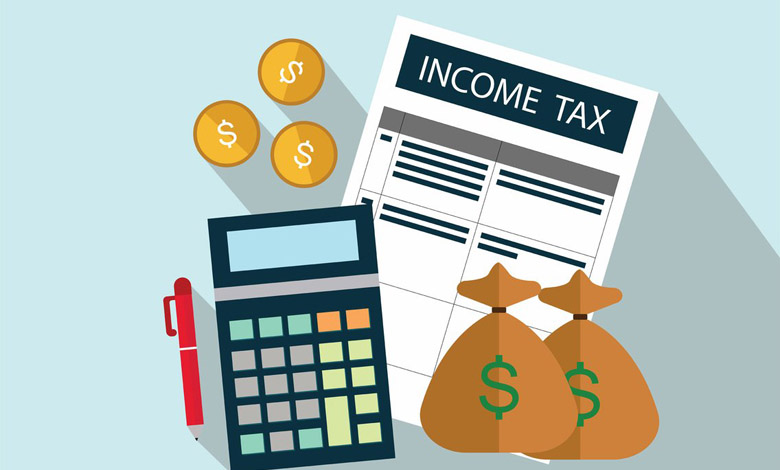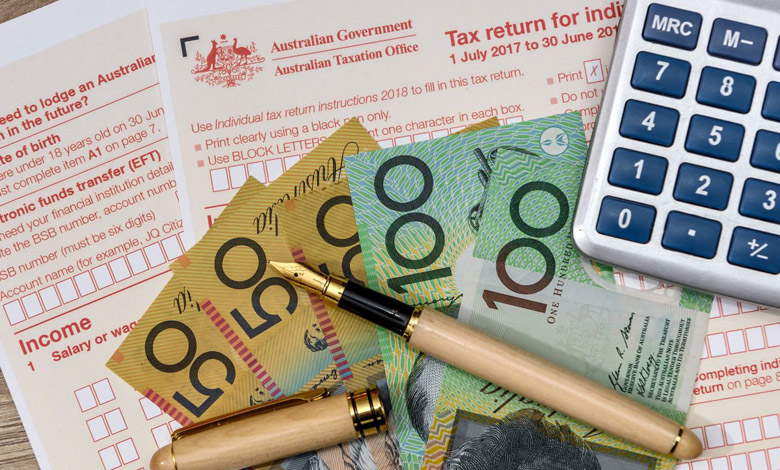The U.S. government has created a set of energy tax credits designed to encourage people to make their homes energy efficient and to encourage the purchase of electric vehicles. These programs were established by the American Recovery and Reinvestment Act, and you claim the credits on your tax return after completing designated supporting forms. There are 3 main programs available right now to consumers:
• Residential Energy Property Credit
• Residential Energy Efficient Property Credit
• Electrical Vehicle Credit
The Residential Energy Property Credit is a non-refundable credit meaning you can’t get money back if the credit wipes out your tax debt. The plan provides for a credit amount that is equal to 30% of expenses incurred to make improvements to your home for energy saving purposes. Sometimes called the 1500 energy credit, you can only claim up to a $1,500 maximum credit for both 2009 and 2010 together.
Naturally there are only certain items that qualify for the energy tax credits. They include things like insulation, energy efficient windows, roofing that reduces heat gain, energy efficient furnaces and air conditioners, heat pumps and exterior doors. The item must actually be installed in the home after January 1, 2009 and by the end of the 2010 calendar year.
Another one of the energy tax credits available is the Residential Energy Efficient Property Credit. Under the rules of this program you can claim a credit for installing alternative energy items in your home. These include solar panels and water heaters, geothermal heat pumps, wind turbines and fuel cells (with restrictions). This is also a non refundable credit program with the total amount of the credit not to exceed your 2009 tax liability. There are no specific limits on expense amounts for qualifying items with one exception. The credit for the fuel cells is limited to $500 for each .5 kilowatt generated.
The consumer can depend on the Energy Star ratings or manufacturing certifications to determine if the items they purchase meet the requirements to qualify for the energy tax credits.
Driving Your Energy Tax Credits to Maximum Amount
The U.S. government is promoting the development of electric cars to reduce the country’s dependence on oil. To encourage consumers to buy the electric cars, new energy tax credits are offered.
The Plug-In Electrical Drive Vehicle Credit and the Plug-In Electrical Vehicle Credit are two of the energy tax credits consumers can take when they buy electric vehicles. The two programs offer credits for two, three and four wheeled vehicles that draw electricity from a battery. The amount of the credit depends on the battery capacity and/or the amount paid for the vehicle. There are a number of requirements the vehicles must meet to qualify for credits. There are also energy tax credits available for purchasing plug-in electric drive conversion kits and hybrid vehicles.
The calculation of the energy tax credits can get complicated because each credit has different time limits and restrictions. It is highly recommended that you use a program like Turbo Tax for tax form completion because it is too easy to make a mistake when completing the forms manually. In addition, you may be able to claim a credit on a state tax return. Generally speaking, a tax credit is usually better than a tax deduction for a good reason. A tax credit will reduce your tax liability dollar for dollar. A tax deduction will only lower your tax liability by a certain percentage. Energy tax credits can save you money on your taxes and should not be overlooked when filing your tax returns.




